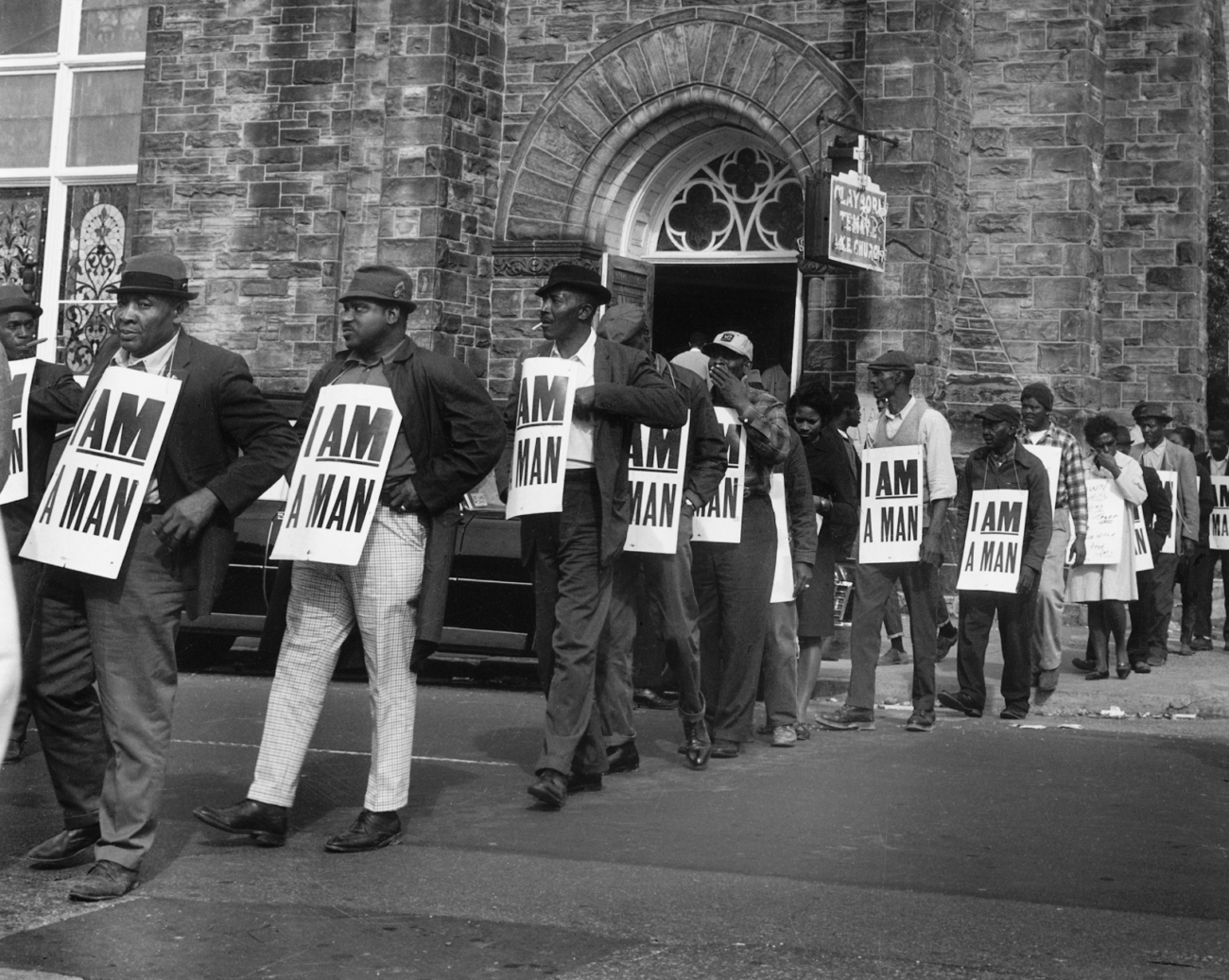The gap between memory and history has never been more obvious than since the proliferation of photography. History presents a narrow view of our past: the highest achievements and the lowest atrocities – which can even be the same depending on the historian. What is lost in the extremes of history is the subtlety of everyday life; we do not find the small victories and micro-aggressions which populate the real memory of our lives. The vast majority of us will neither be fortunate nor unfortunate enough to be documented by historians, but we are still important, aren’t we? In a sweeping testament to the power of photography, Ernest Wither’s “I’ll Take You There,” on view at Fahey/Klein Gallery, reveals moments both major and minor.
Withers, one of the most prominent Black photojournalists throughout the Civil Rights movement, turned his photographic eye to more than just iconic figures like MLK, and worked to capture the intricacy of Black life throughout the period. The first room of photographs in the exhibition show places like dance halls and record stores. A portrait of the king and queen of Cotton Makers Jubilee (1959) is of particular note. The regal robes, the spotlight, and the satisfied smiles are testaments to a moment of brilliance in a tragic era of American history. It shows that joy and ease are as important to document as tragedy and pain.
That said, there are plenty of examples of the latter in the other half of the exhibition. Withers took photographs of pro-segregation protestors and heinous police violence that are tragically not far from the public imagination. The images of Black protestors wearing sandwich boards with the phrase “I AM A MAN” across from police officers wearing gas masks are especially familiar.
But there is another familiar sight in these images: the importance of voting. Withers documented dozens of these scenes. A student volunteer registering fellow Black Americans; dozens of Black men and women lining up following the Tent City Drive; a woman proudly holding up her voter ID. These small moments of the Civil Rights movement may not occupy the same space in history books as the March on Washington, but perhaps they should. They are more important to learn from, as they show what we all can do with our own small moments.
Fahey/Klein Gallery
148 N. La Brea
Los Angeles, California 90036
Thru July 31st, 2021


